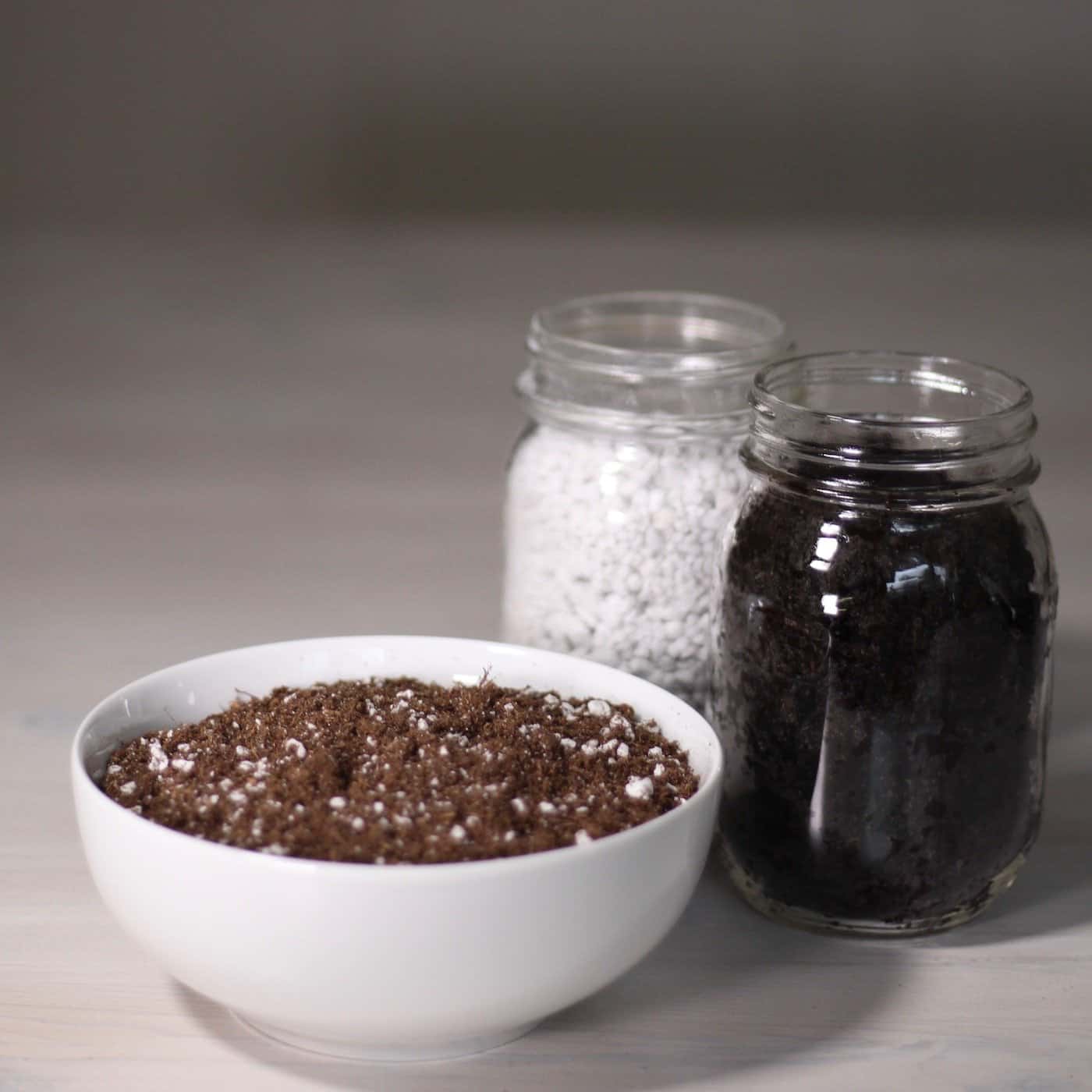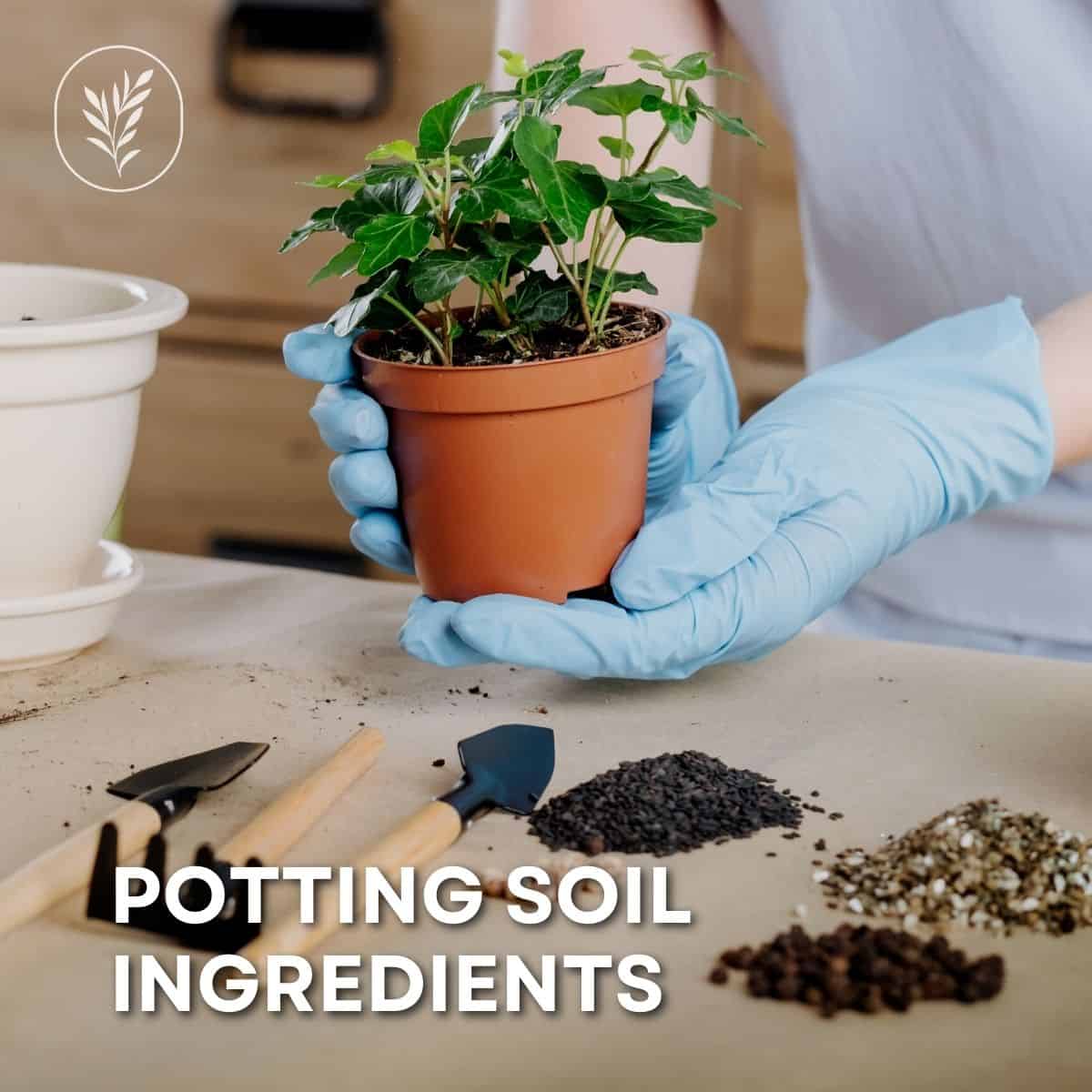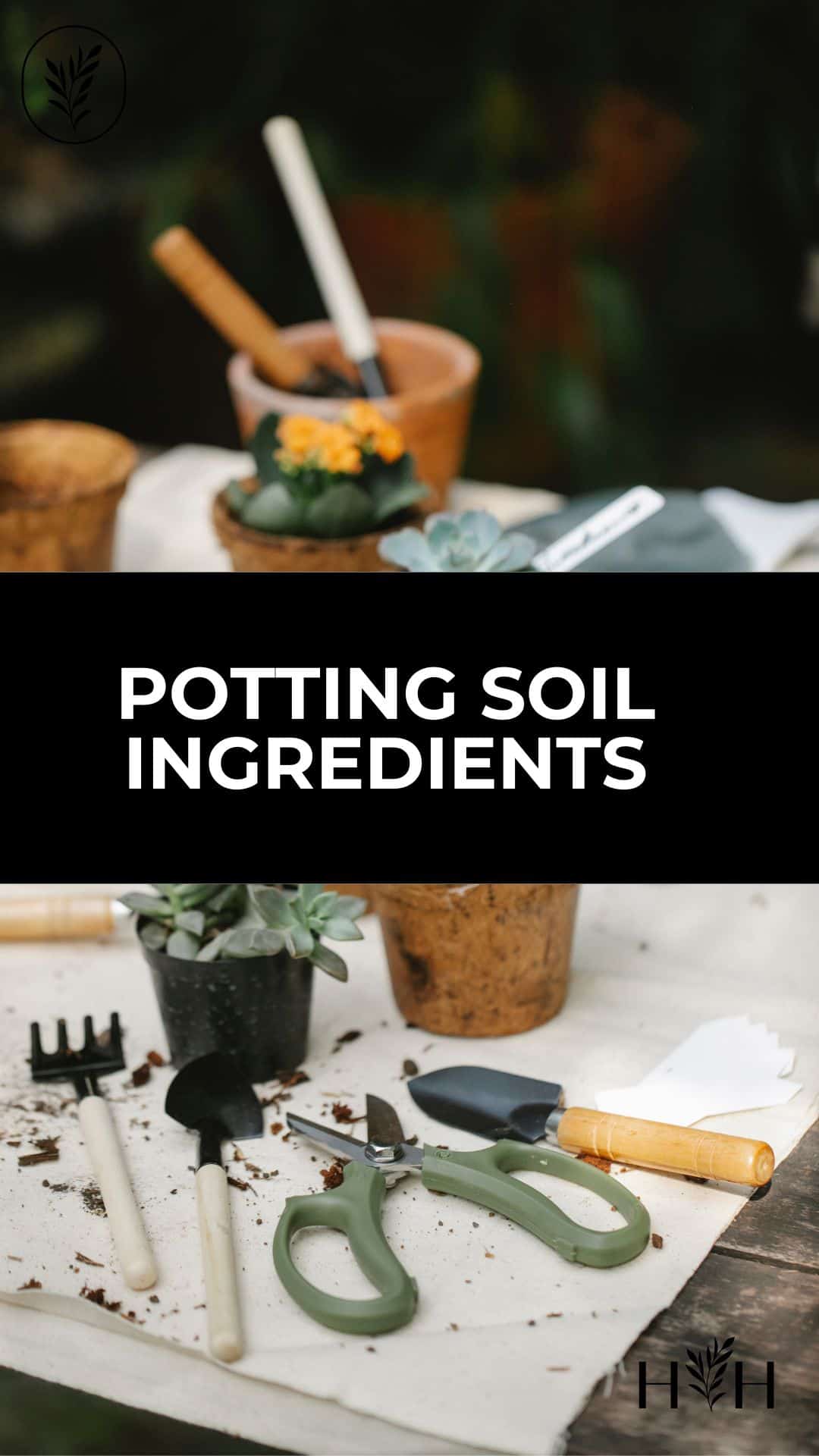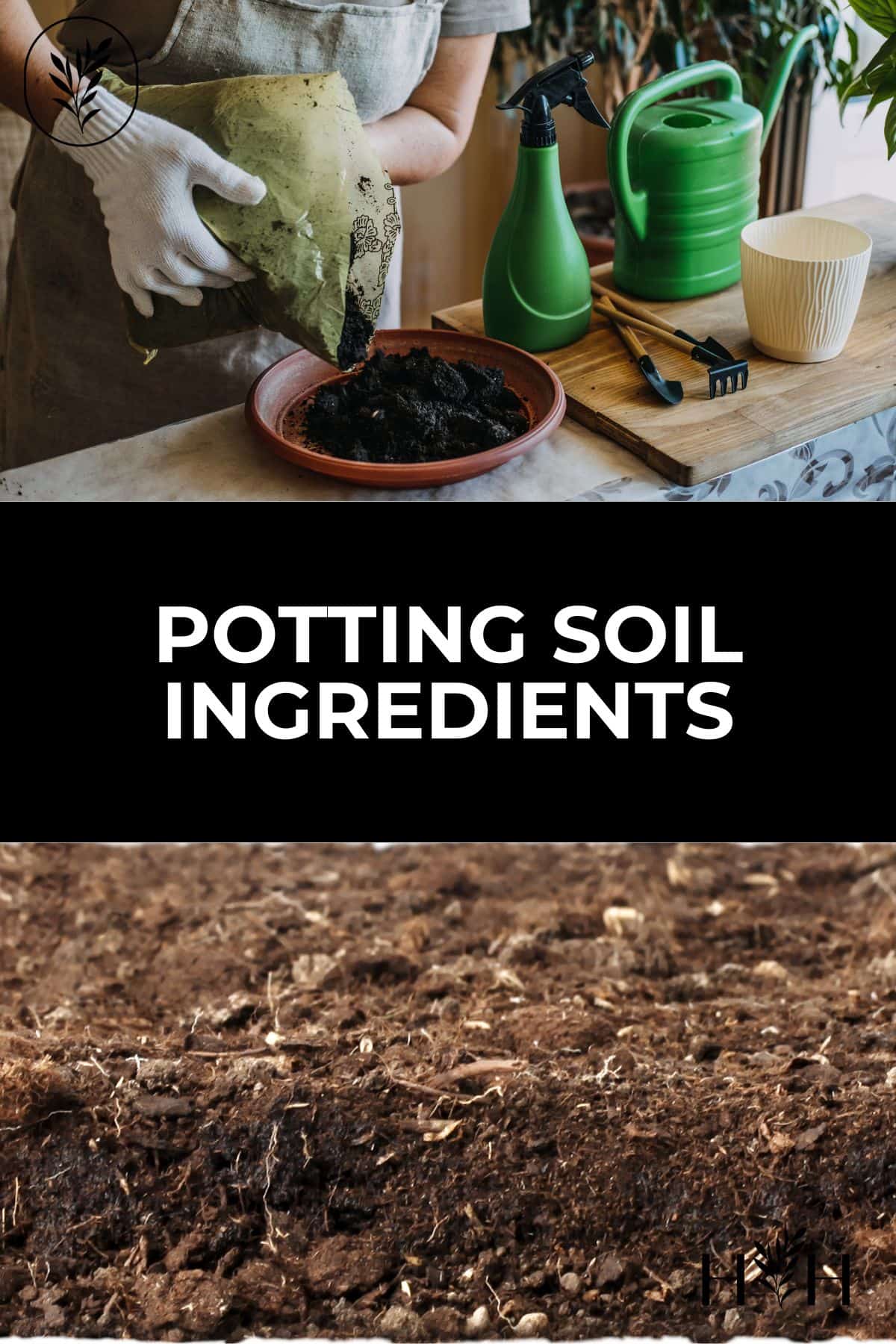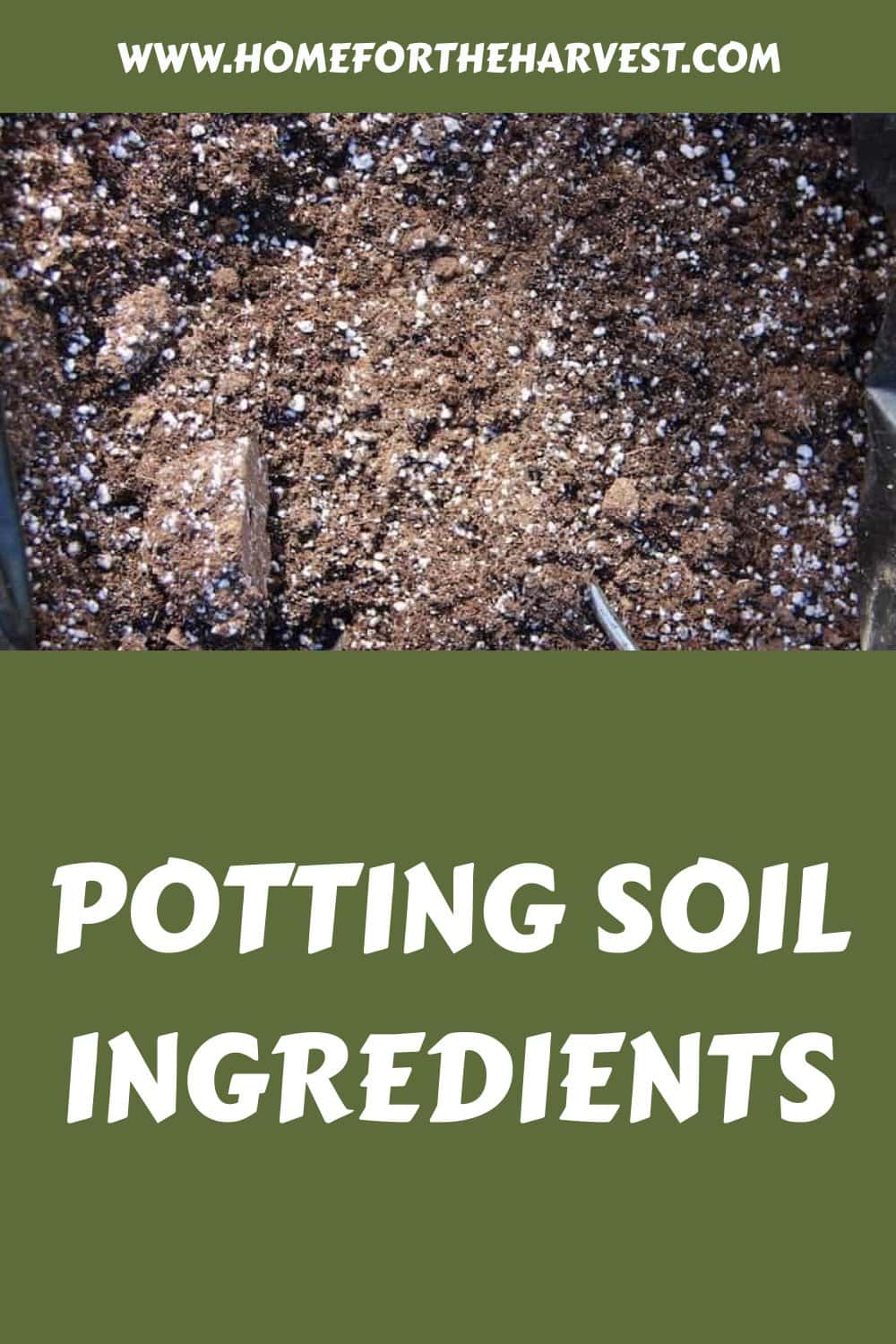What’s actually in those container gardening soil bags? What are the most common potting soil ingredients?
Most potting mixes are made from a combination of several of the following ingredients:
- Peat Moss
- Coconut Coir
- Perlite
- Vermiculite
- Composted Plant Matter
- Composted Animal Waste
- Mineral Particles (Sand, Silt, Clay)
- Mined Natural Topsoil
There are different reasons for adding each of these ingredients to a potting soil mix. Each ingredient has different features, so they’re blended to create a mix with certain properties unique to the plant that will grow in it. Let’s look at what each one of these common potting soil ingredients, including what they are and how they help create a high-quality potting mix.
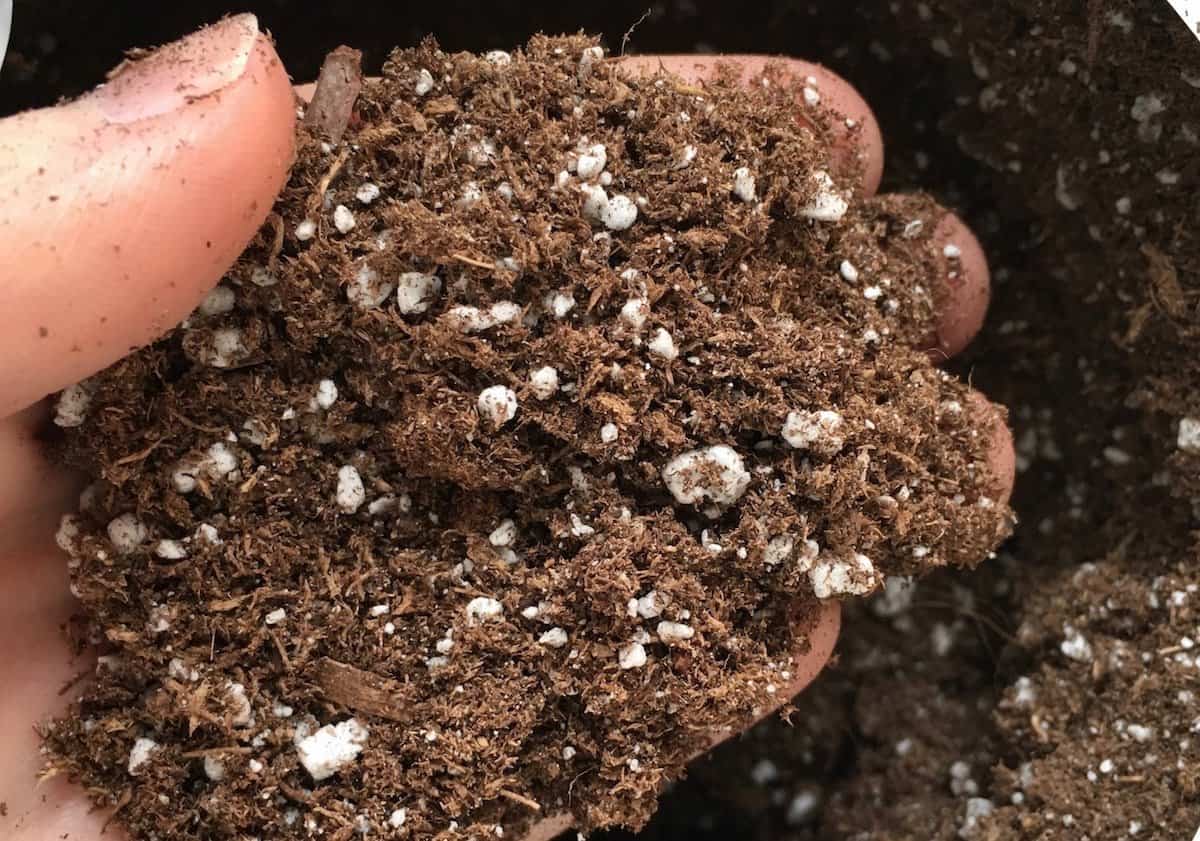
Peat moss
Peat moss is a mined organic material composed of partially decayed plant matter. Although it is comprised only of organic material, it is not truly a renewable material as it takes thousands of years for wetlands to develop into peat reservoirs.
If you do choose to use peat moss in your potting soil, do your research to ensure it is coming from a reputable provider in your area. Look for a brand that is practicing ecological conservation to offset the effects of mining out a valuable carbon sink. If you live closer to the tropics than to peat bogs, consider using coconut coir rather than peat moss as a more sustainable local potting mix ingredient.
Peat moss is an acidic material. Most plants prefer soil with a neutral pH, although there are some which prefer acidic soil (such as blueberries). You may need to offset the acidic pH with limestone if peat moss is used for alkaline-loving plants. Most pre-mixed potting soils and growing mediums that contain peat will also contain some limestone as a pH adjuster. You may even be able to find bulk peat moss which has been pH-adjusted using limestone.
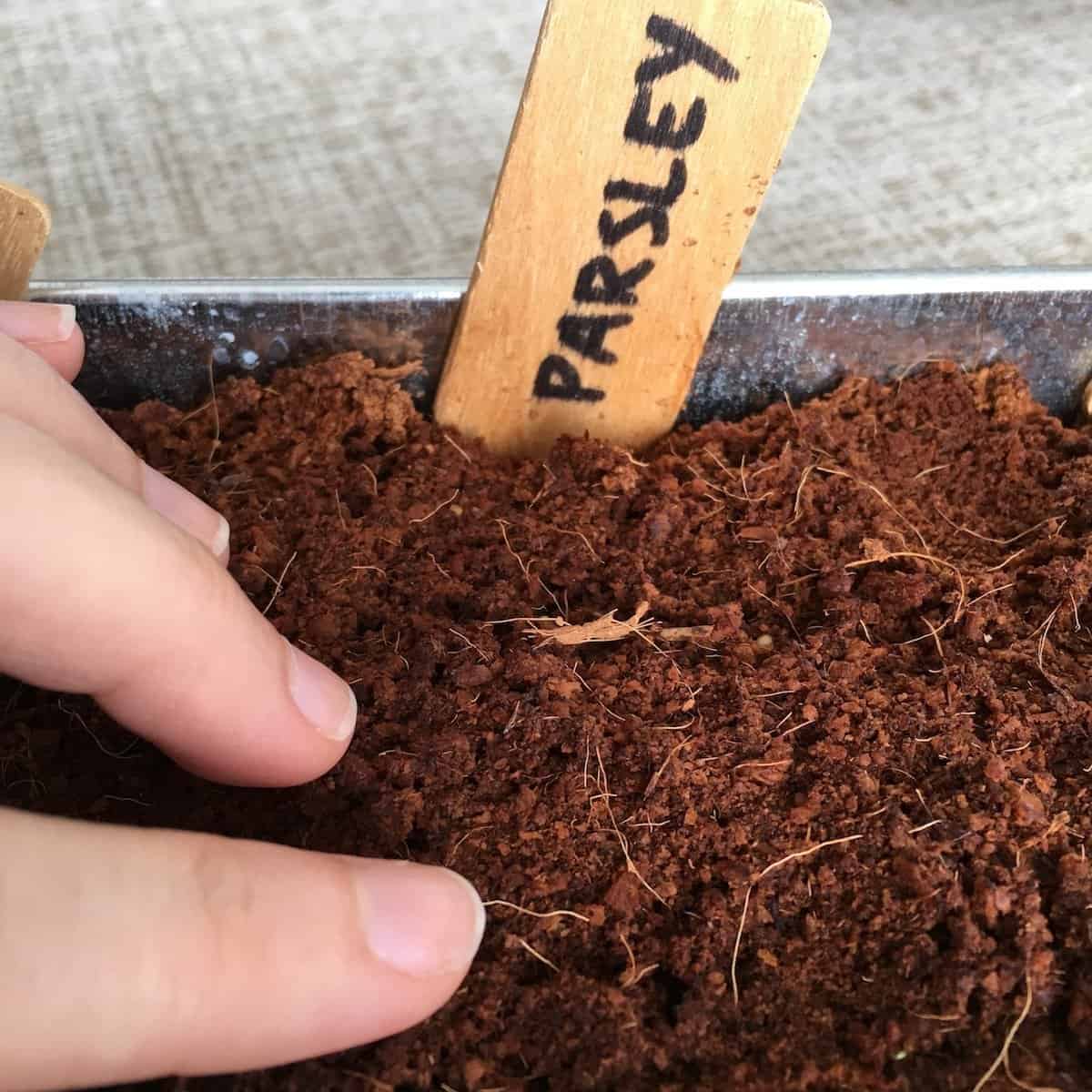
Coconut coir
Coconut coir is a trending potting soil ingredient made of shredded coconut skins, used to add bulk to a DIY potting soil mix. It has the benefit of not being a mined product and instead provides a use for something that may have been a waste product. If you’re looking for a more sustainable alternative to peat moss or would like a more pH-neutral product, look into buying coconut coir instead.
The downside of coconut coir as a potting soil ingredient is that it needs to be transported to northern areas, where coconuts don’t grow. If you live far away from the production of coconut coir, you’ll have to weigh the sustainability of transporting the coir to your area versus other alternatives. Check out what’s available in your area and decide what’s best for you. Some people choose to mix peat and coir to get the benefits of both and balance out the drawbacks.
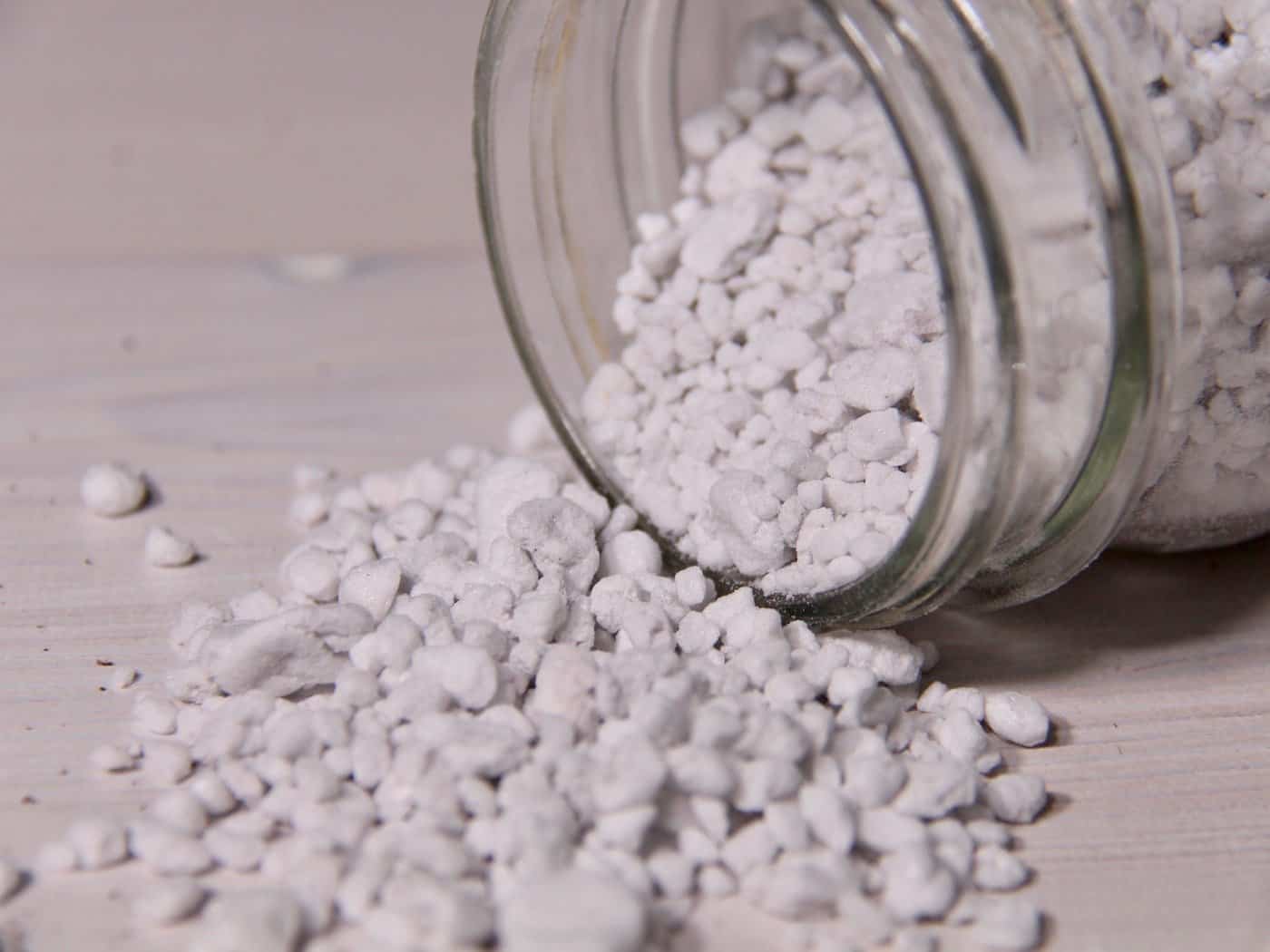
Perlite & vermiculite
Perlite is a mined mineral that is added to soil mixes to help the soil hold air. The mineral is “popped” using heat like popcorn to create a light, air-filled medium. Perlite is an organic amendment, as it is chemically inert. It will help to hold air in the soil, keeping the plants from suffocating. Some of the Perlite will float to the top of your plant container over time as it is much less dense than the other materials in the soil matrix. It can be purchased at a local garden center or online.
Some gardener prefers to use Vermiculite rather than Perlite. Vermiculite is generally darker in color than Perlite and blends well with the soil color. It also does not float to the top quite as much.
There have been some reports of Vermiculite being potentially contaminated with asbestos. Asbestos was once discovered in a Vermiculite mine, causing reports of contaminated Vermiculite. If you do choose to use Vermiculite, make sure to pick a brand that certifies its product as being free from asbestos.
Always wear a dust mask when mixing Perlite or Vermiculite into the soil. There is no reason to put your lungs in danger by inhaling the dust from these products, even if it is not contaminated with asbestos. Dust masks are inexpensive and also make you look like you know what you’re doing!
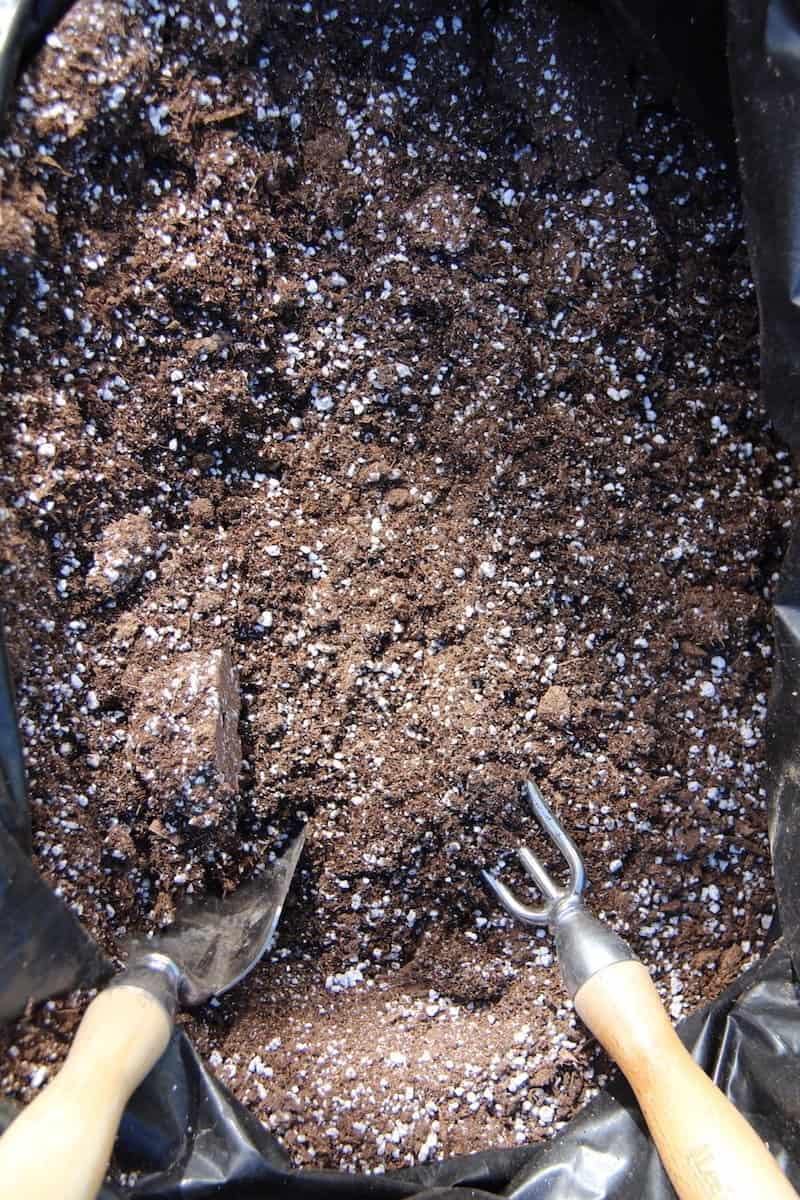
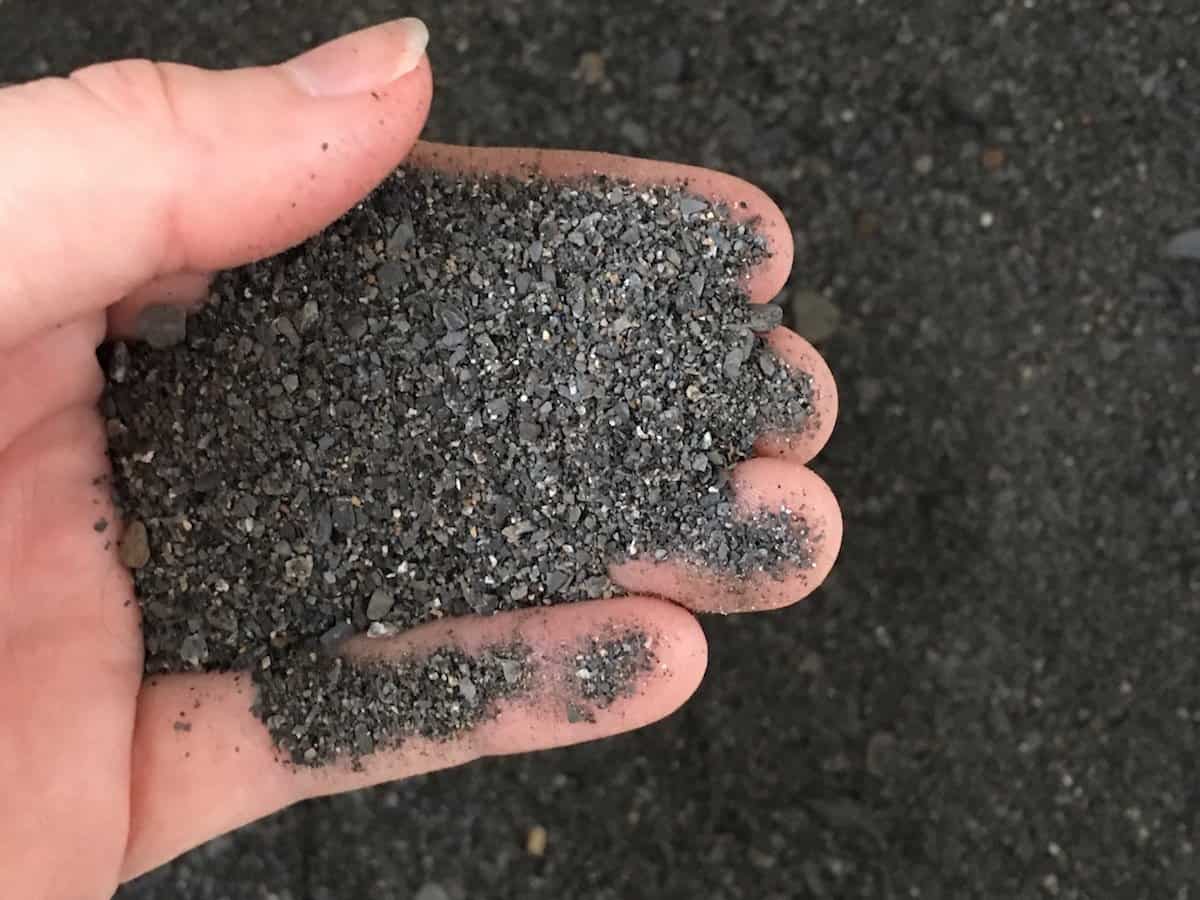
Soil
Soil is a general term for a mixture of clay, silt, and sand, with pore spaces full of air or water. It may also contain organic material. A particular natural ground soil may have more of one mineral component than another. For instance, soil that is mostly sand might be referred to as sandy soil. Sand helps your soil drain, while silt and clay retain water and hold the required nutrients for your plants.
Using existing soil from the ground in your potting soil mixes has the benefit of being free if you happen to have a backyard. If you’re lucky enough to have a “loamy soil” in your backyard, enjoy a moment of gratitude. Loam is a healthy mix of sand, silt, and clay in which none of the particle types takes over. There is enough sand for the soil to drain well but enough silt and sand to retain nutrients and enough water for the plants. Uncompacted loam will also be porous, having lots of air space for the roots of the plants.
A caution about garden soil is that it may be contaminated. If the soil has been beside a roadway, it may be contaminated with lead, petroleum, road salt, and other environmental contaminants. If the soil has been in an urban area, it may have been contaminated by cats and the diseases they carry. It can also be contaminated if it is affected by nearby industry. Lastly, the soil may have been brought in by a builder and could have been contaminated in its original location. Many gardening experts recommend having your garden soil tested before growing food crops for human consumption. Wearing gloves is also a must when working in garden soil.
Another caution about garden soil is that it is not “sterile”. It is full of microorganisms, fungi, bugs, and other lovely creatures which make their home in the soil. This is what makes it magic! But it is definitely not sterile. For this reason, I skip the garden soil in seed starting mixes. The garden soil may be harboring some nasty germ/bug/fungus, which could kill a tiny seedling. I don’t change it for my seedlings.
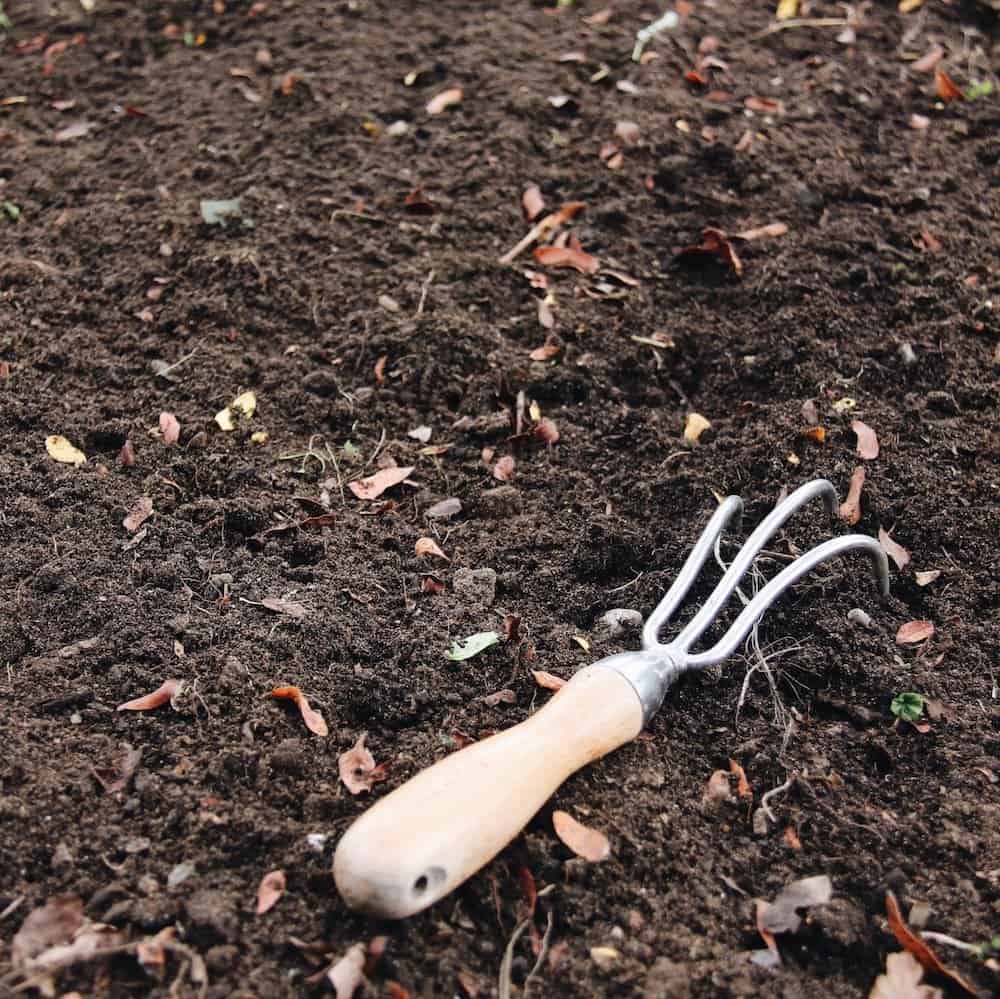
Mined topsoil
Topsoil is the upper layer of the existing soil. It forms in place over time and is then sold as high-quality garden soil. It consists of minerals, organic matter, water, and air. The soil at the surface has the highest concentration of organic matter and soil-borne life. Most life in soil happens in the topsoil.
Because topsoil is rich in the organic material that supports life, it can be a gardener’s dream. If you’re lucky enough to have nice topsoil in your backyard, consider yourself lucky! If you buy topsoil in bags, be sure to check out the source of the soil and also check to ensure that no chemical fertilizers have been added. If you’re buying bulk topsoil, you’ll also want to ask for a testing certificate to show that the soil hasn’t been contaminated with heavy metals or any other nasty things (as with regular mineral-rich soil).
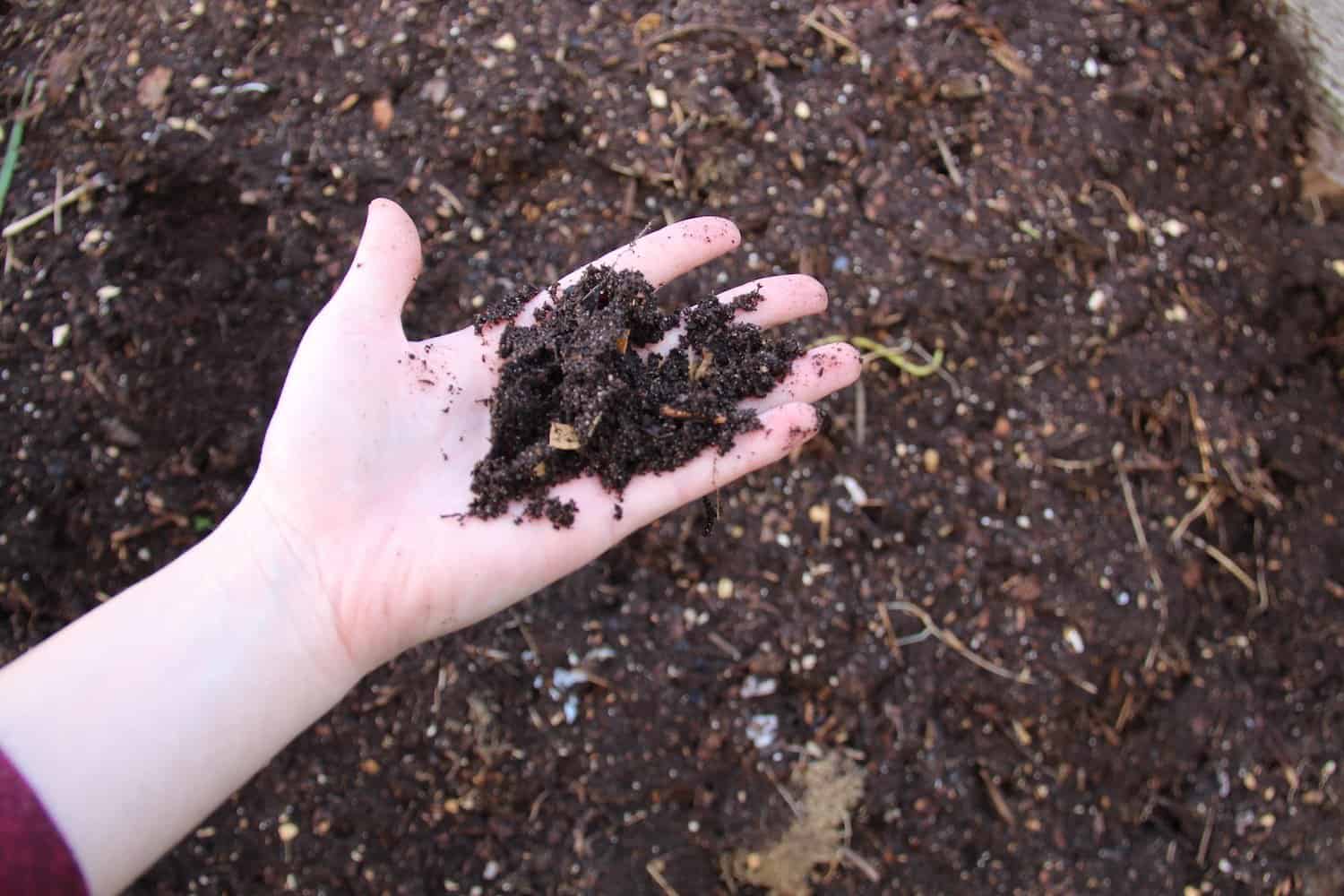
Composted plant matter
Compost is the magic ingredient in most soil outdoor mixes. Compost is a wholesome and sustainable soil amendment full of nutrients created by decaying plant matter such as leaves, food scraps, and coffee grounds. The best kind of compost is homemade organic compost, but there are also bulk and bagged options available.
Making your own homemade compost for potting mix
Making your own compost can be easy with a bit of prep work. You’ll either need to buy or build a composter. My dad built mine with some extra wood plants and some cinder blocks. Once your composter is up and running, you simply keep adding volume and collecting finished compost.
Composting can help make your household more sustainable (and make gardening less expensive!). Making your own compost is a wonderful way to start using your kitchen and yard waste rather than having it trucked to the landfill.
To make awesome compost, focus on lots of shredded leaves. Shredded leaves are the gold-standard compost ingredient. Coffee grounds will help add nitrogen to all that leafy carbon. I pick up a bag of free coffee grounds from the coffee shop whenever I stop by for a chai tea latte. Gotta love it!
As with outdoor garden soil, homemade compost is not “sterile”. Although I LOVE homemade compost, I don’t use it in seed-starting mixes due to the possibility of pathogens or harmful fungi sneaking in and harming the baby seedlings while they are most vulnerable.
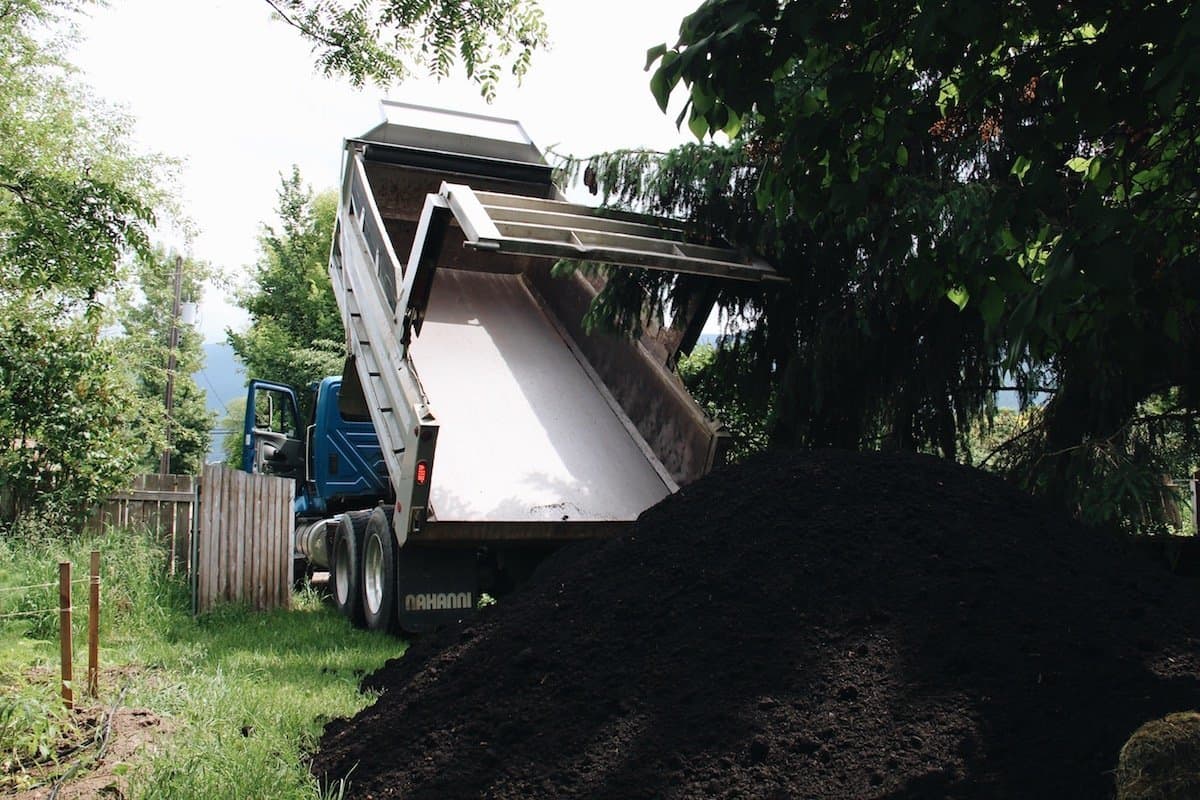
Finding and purchasing compost to make potting mix
If you don’t yet make your own compost, or if you don’t have enough, you can find or buy some compost to add to your DIY potting soil. A great place to find free compost for your potting soil is your local municipality. If they collect yard waste in the spring and fall, there is a chance that they are shredding and composting that material.
Many municipalities will give away bulk compost in the springtime, free of charge. You’ll need a truck or some large buckets to bring the compost home with you. You’ll also want to check the test results for the compost to get an idea of the nutrient concentrations and to ensure it does not contain toxins or harmful chemicals (municipalities test their compost prior to distributing it and can provide the results if you ask for them).
If free, high-quality compost isn’t available, a great new source of compost is the companies that now provide composting services to the food service industry. These new facilities hot-compost food waste from restaurants into compost, which is often available for purchase by the public. They can also provide test results to you so you know what you’re getting!
If you can’t find any compost available locally, you can always pick up a bag or two at the local garden center or online.
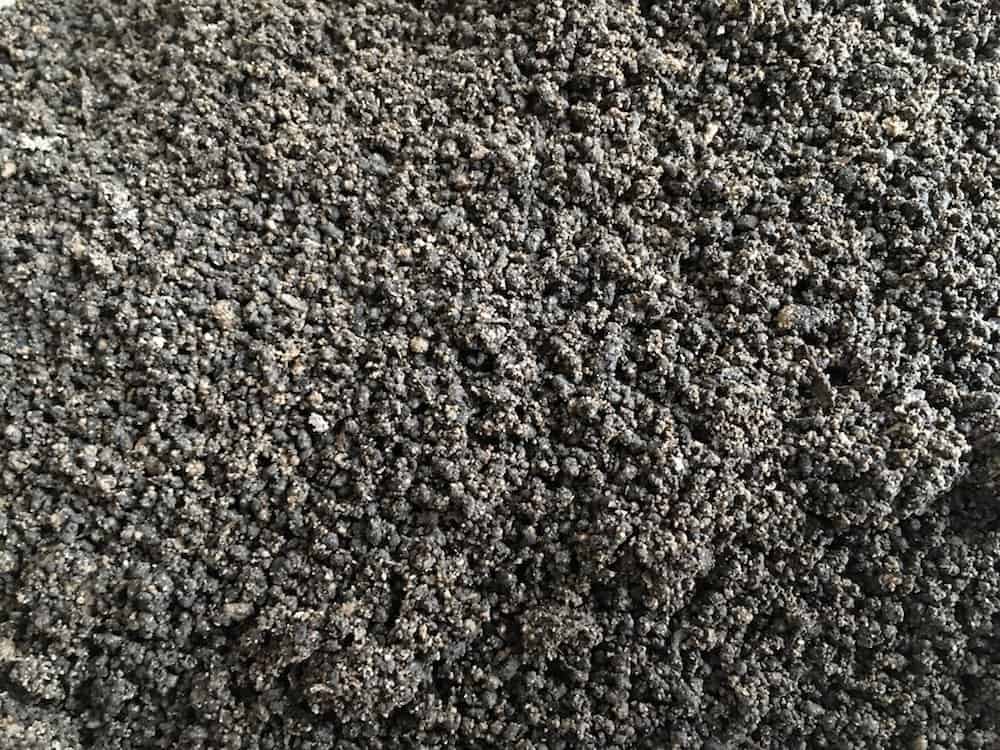
Composted manure
There are many kinds of compost manure that are sometimes added as potting soil ingredients. Worm castings, chicken manure, cattle manure, and other livestock manures are an affordable way to add nutrients to the potting mix while re-using animal waste in an efficient way.
Worm castings
Worm castings (vermicompost) are basically composted worm poop. Worms, wonderful garden allies, feed on your kitchen scraps and newspaper in a special bin to create a nutrient-rich product for your garden. Worm castings are garden gold and are a wonderful addition to garden soil. Indoor vermicompost systems are available for those living in small spaces or without yards large enough for traditional compost heaps.
Worm castings are a great potting soil ingredient option for feeding your seedlings before they go outside. Save the homemade compost for outdoor applications, like a nice top dressing in the garden or around your baby trees. You can make your own worm castings with a home worm bin or purchase them locally or online (they don’t smell!).
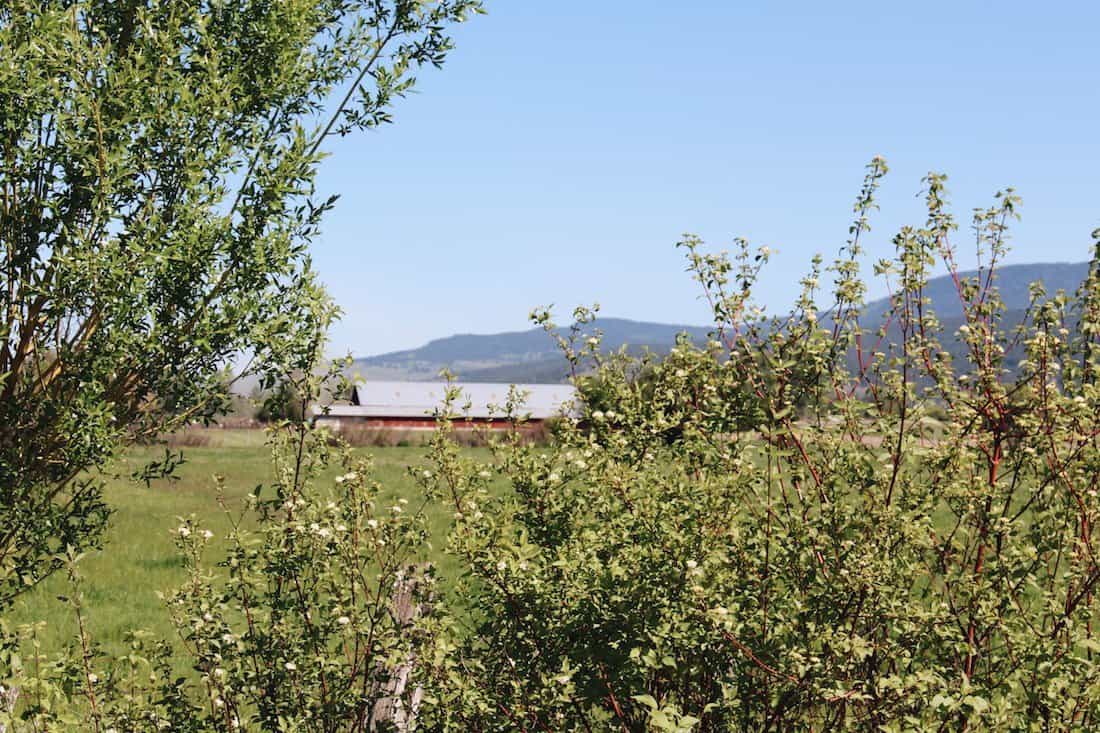
Using composted animal waste from local farms in potting soil
One last place that some people get compost from is local farms. If I’m buying compost from a local farm, I like to ensure it’s an organic farm so that I know no chemicals have snuck into the process.
When you buy compost from a farm, it’s generally composted herbivore animal manure. It will include some of the animal’s bedding materials (straw, et cetera) as well as the manure. Look for a farm that feeds its animals a wide variety of organic food. You also must check to ensure the manure has been hot-composted to thoroughly destroy any seeds that might be in the manure.
Aged composted manures are best for potting soil ingredients, as some types of composted manure can “burn” your plants due to their chemical makeup while they are fresh. If you do plan to use composted manure, do some research on the different types of animals and the features of their manure. All composted manure is not created equal!
